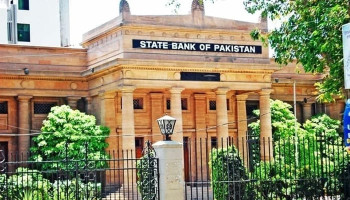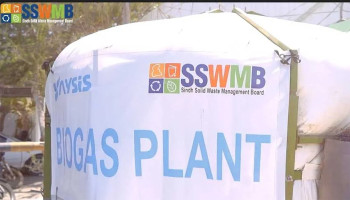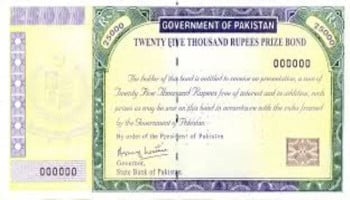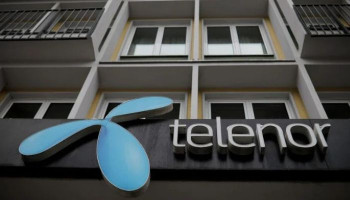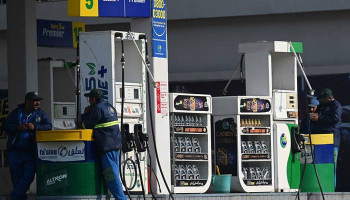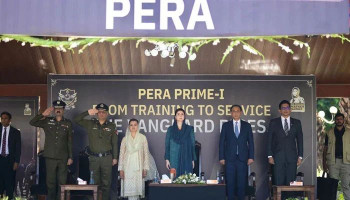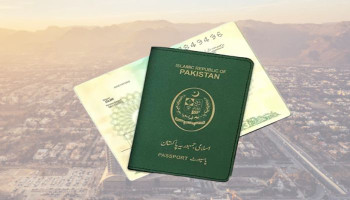
An undated image of National Electric Power Regulatory Authority (Nepra) sign on a building. — APP
The National Electric Power Regulatory Authority (NEPRA) has directed all power distribution companies, including K-Electric, to provide refunds to consumers in the amount of Rs1.888 per unit in the electricity bills for August to October 2025.
Notably, the refunds pertain to excess billing under the fourth quarterly tariff adjustment for FY2024-25, which reflected a total of Rs55.87 billion.
The refund amount for this quarter is slightly higher; from the original Rs53.39 billion, they were proposed by distribution companies (Discos).
In rationale for the difference, NEPRA enumerated distinct factors which resulted in lower capacity charges being implemented; namely, the cancellation of IPP contracts, the unavailability of the Neelum-Jhelum hydropower project, restructuring debt of nuclear plants (K-2 and K-3) and acknowledgement of having renegotiated with independent power producers in the past.
Separately, NEPRA also approved a Rs0.7872 per unit refund for ex-WAPDA Discos in the form of fuel charges adjustment (FCA) for June 2025, to be reflected in August bills. This benefit, however, excludes lifeline, protected, pre-paid consumers, and EV charging stations.
Sales of electricity have increased by 46% in April–June 2025, primarily due to 281 captive power consumers switching to the national grid, contributing approximately 700–750 MW of demand.
It should be pointed out that NEPRA also indicated that reduced tariffs in the quarter were another contributor to greater electricity consumption.
However, the Authority flagged potential overbilling concerns. It has directed all Discos to provide a detailed comparison of industrial sales between Q2 2025 and the same period in 2024, with specific data on captive consumers. These comparisons will now be a regular part of tariff filings.





